-
Posts
137 -
Joined
-
Last visited
Content Type
Profiles
Forums
Gallery
Events
Articles
Posts posted by Balaji Murthy
-
-
Is it a banknote though?
-
Wow! Pen show, really sounds interesting. Is it really a showcase of writing implements and the like, or does pen stand for something else?
In any case, enjoy, and a very happy birthday!!!
-
India banknotes is a slightly complicated topic. Up until about 15 years ago, while the market was very strong, it was primarily in India and some dedicated collector pockets. Most established auctioneers did always carry a good selection and the material remained eminently affordable. The advent of ebay and online auctions caused an explosion and bid-rigging drove up the market, but again only among dedicated India collectors, both inside and outside India, and largely comprised Indians. Today, all but the very common banknotes are largely priced out of the reach of a regular collector. I have certainly stopped buying them.
In the United States, I have struggled to see a steady market for anything other than American currency. Often, in shows when I look for India (or some other non US currency) pieces I am interested in, there is glaring paucity of inventory. It is not surprising that you do not see interest. I am curious, do you interest of other non-US currency items?
The note shown above is a fairly common note. Considering this issue is from 1975 and was demonetized in 1977, there are many pieces available and many in very good condition.
-
I'd like to see a complete redesign every five years or so. We could dedicate each bill to a theme and change it with each redesign -- one bill could be about science, another about literature, another about art, that sort of thing. If the $2 is brought back, and we still cap it at the $100, that's seven bills we could use to represent more than just deceased political figures.
Mostly I just love the idea of a science-themed bill with Henrietta Leavitt or Annie Jump Cannon or Grace Hopper or Sally Ride (or George Washington Carver or Richard Feynman -- men do science too!) on it.
The $2 is still printed. The series year is 2013.
I am a bit ambivalent about complete redesign, though changing the theme every decade or so seems nice.
-
Well, I have the set. Don't look at the face value
 .
. -
Just bought these Banknotes. Decent grades... Let me know if you like any particular note. Any info is appreciated.
Thanks,
RM

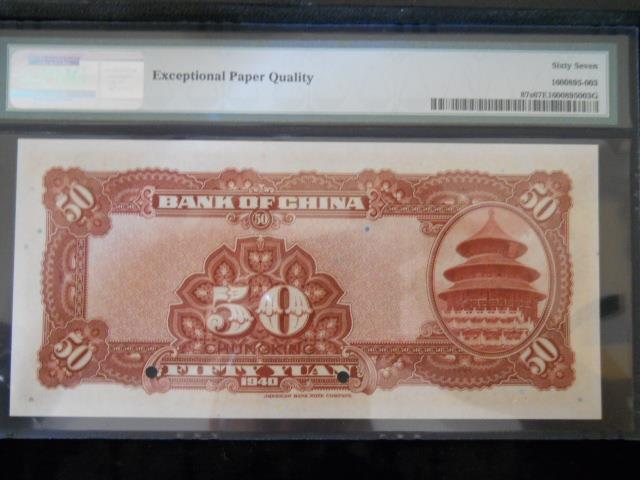
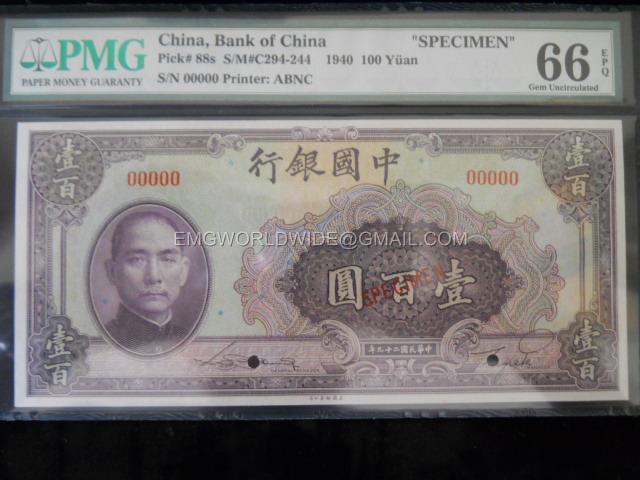
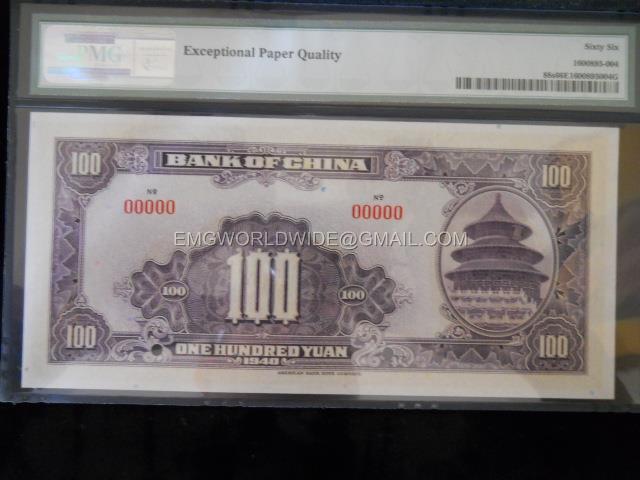
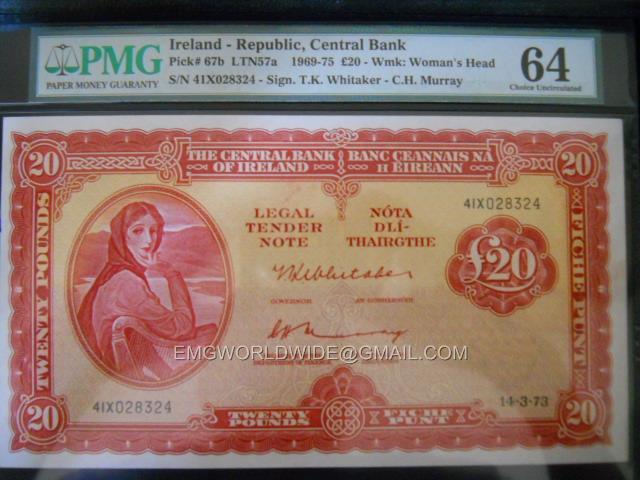
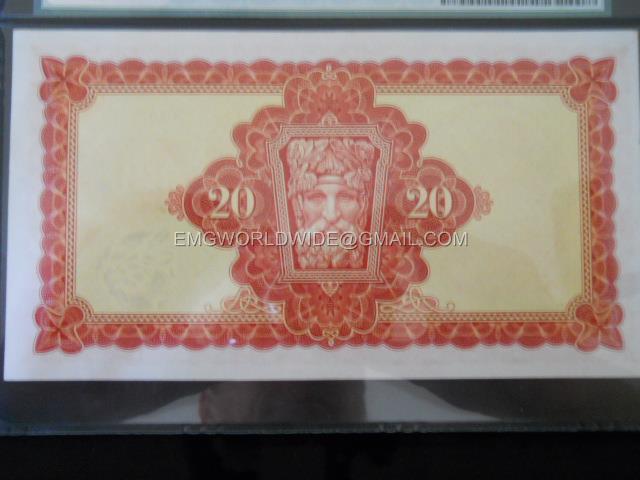
I am not sure how to take the comment about "decent grades". If these are decent, wonder what is a high grade!!!

Lovely additions to your collection.
-
Ok - How does this look - anything like a Belgian 20 franc note?

Not sure what happened earlier Dave, perhaps an erroneous image was cached in a server somewhere. Now I do see the Belgian note (a stunning note may I add) in all instances of the image. Thanks for indulging.
-
Finally found a decent example of this note. Hard to find them not looking like they's been drug through the streets.

Maybe I am missing something. The image I see (in Dave comment) is this (how car suspensions work).

Does anyone else see that?
-
There area I collect also often has a similar situation as far as condition goes. I need to complete my (nearly complete) set of KGV and KGVI of India notes. Missing 2 denominations in the former and missing 1 denomination and a couple of specific issues in the latter. I wait for years if necessary to get the acceptable condition at the right price.
-
Probably because cash registers don't have a slot for $2 bills?
I am not sure of that. I asked this earlier, but haven't gotten a satisfactory response, although Tom Chao has responded for the recent past, and I have even seen recent registers marked with denominations on the slots. But not the older ones.
Remember, until the mid 60s $2s were quite common, at least until LTs were ended. Tom mentions that for over a hundred years the cash register design hasn't really changed in the available slots. So the question becomes, how were $2s stored in the past when they were quite common!!
-
Cash register has only 4 compartments for bills. It's up to the restore owner to consign their use. I do believe they are usually consigned to $1, $5, $10 and $20 bills
Anybody ever received a $2 bill in change at a store? I have never see one in circulation. Same go for $1 coins, hardly see them in circulation.
I have seen cashiers hoard the $2s, so usually they don't give them out, although I remember 15-20 years ago, if you asked and they had, they would easily part with them, no recent experience. I don't spend cash much these days, but when I have spent cash, I have occasionally been given $1 coins (although they asked if it was OK instead of the bills, as they were running low on bills).
-
Most of the $2's I've seen of late were 2003 and 2009 series. Some 2003A, 1995, and 1976 floating around, and once in a blue moon I'll see a 2013 series. I like getting them to spend - I've love to see people get more accustomed to them.
I do spend them often. I also give them to my kids as spending money. The problem is, now even my local branch of my bank only orders when I ask them to, so I have to stock them only during the holidays.
-
There are $2 FRNs, first printed in 1976 to celebrate the U. S. Bicentennial. The most recent is series 2003. They are just not popular. Some people save them, believing they are rare. Some stores reluctant to take them.
Cash register was invented in 1883. The design of the cash drawer itself has not changed since its invention back in 1883. Small compartments in the front are for coins. The larger compartments behind the coin compartments are intended to hold one-, five-, 10-, and 20-dollar bills. Cashiers typically hide larger bills under the cash drawer.
Oh, I didn't mean that there aren't any $2 FRNs. What I meant was when the Legal Tender vanished, there were already FRNs in all other denominations, just not $1 and $2. While $1 FRN was issued immediately, it wasn't until 1976 that $2 FRN came out, which was actually sold as a novelty item for most part, almost like the Presidential Dollar coins these days. The big gap of about 12 years made people used to not seeing a $2, so much that most people think they never printed them any more. Even today, that perception persists. IMO, that is what makes $2 not popular.
The question about cash register really was how did they handle 2s during 60s and before, as $2 was circulated fairly well. You response seems to imply that even then, there was no place for the 2 in the drawers, is that really true?
-
$2 redesign is not considered because US $2 bills are not popular. Cash registers only have slots for $1, $5, $10 and $20 bills.
I am thinking this is a fallout of end of Legal tender!! Since there wasn't a $2 FRN, people just got used to idea of no $2. Or was $2 FRN not produced because even before this denomination was less popular? I am curious. What about the cash registers from 60s and before? Did the not have a slot for the $2?
-
Coins or note, the $2 is a very useful denomination. I have first-hand seen the utility of the particular denomination here and elsewhere. It is the absence of this particular sweet spot between a $1 and $5 that puzzles me and I think is lamentable. I would personally prefer the note over the coin though.well, I think the $1 and $2 should be coins, so an absent note in a proposed redesign isn't, imho, a great omission.
-
Maybe everyone agrees the $2 design is too perfect to touch (or use)

-
I continue to be disappointed that all these ignore the $2 denomination. That said, there is something to be said for classic greenback look, even the recent changes do not fundamentally alter that character.
-
jtryka, this is interesting. I didn't know this about the $100,000 issue (date of issue being after Gold Certs demonetization). Made me look a bit deeper.
Checking uspapermoney.info, it appears that $500 and $5,000 were not even printed. Moreover, and this is also new information for me, apparently, not just the $100,000, but all Gold Certificates denominations from the 1934 series were only intended for transactions between Federal Reserve Banks and other Governments.
Thanks for spurring this extra digging.
-
Yes, I agree. Demonetizing the older issues or some denominations is a tool many governments use to unearth unaccounted money.
Indian government did something like this in the 70s by demonetizing the larger denominations of 1000 Rupees and above (1000, 5000, 10000). Very effective.
-
I know some of the coins that are minted by the US Mint are strictly profit makers, and some are actually used in commerce. But then there are those coins that are produced because they have been legislated and are seldom if ever used in commerce - The Presidential Dollar Series is a prime example. And most people would shake their heads "yes" that's true on that one. But these days the cent coin is also produced because of legislation vs. need. I don't know how many years it would take for the cent supply to dry up but I'm willing to bet it would be at least 10. So somebody is making money on these programs. I'm guessing the producers of the metal that goes into the blanks and the creators of the blanks and the transportation companies and the ...
Art, yes! Actually, I don't think it is in dispute that there are economic interests at the heart of theses programs. I am pretty sure even the $1 bill is subject to the same issue, as I understand that there is a single company that makes paper for the paper currency and would stand to lose a huge amount if the $1 was replaced by coins.
-
My point wasn't to advance a position on whether to keep or discontinue the $1 bill. It was simply that like most common articles, $2 bill doesn't get mentioned at all. As for commemorative coins, it is a slippery slope on what to commemorate. I think the current Presidential coins and the 50 state quarters (and its successor) are really silly, but perhaps the exercise keeps a lot of people employed. Also, what next? It is that now we have an era of commemorative coins for a long time to come?
BTW, the dime and half dollar are the only ones that seem to have escaped some modification in the recent times. Even the penny and the nickel got a temporary makeover.
-
The article mentions that the $1 bill is notably absent. Well, so is the $2 bill.
-
He NumisDave, many thanks for posting the scans. Looks like a nice resource, perhaps very well suited to kids. Is it still being published?
-
Sounds quite interesting. Can anyone share some scans from an issue or two?


India - One Rupee 1917 King George V "O" Prefix
in Banknote Forum
Posted
Coming to coinpeople after a long time. The prefix 'O' by itself isn't anything special. You may see some premium for the X and Y prefixes which were circulated in Africa.